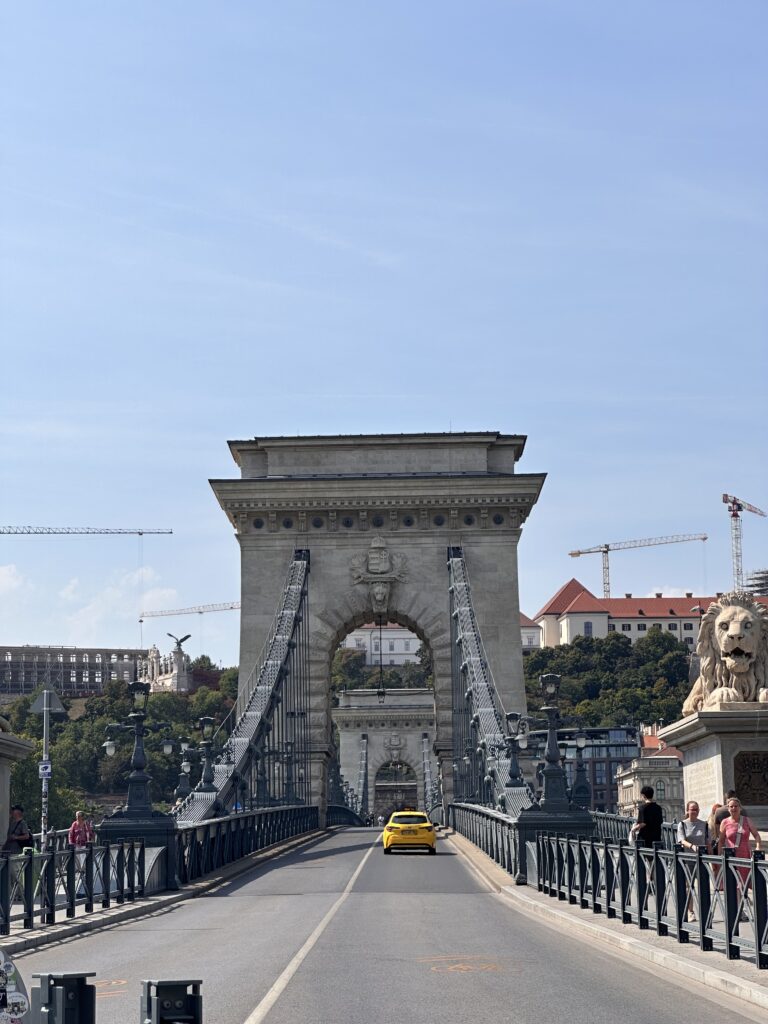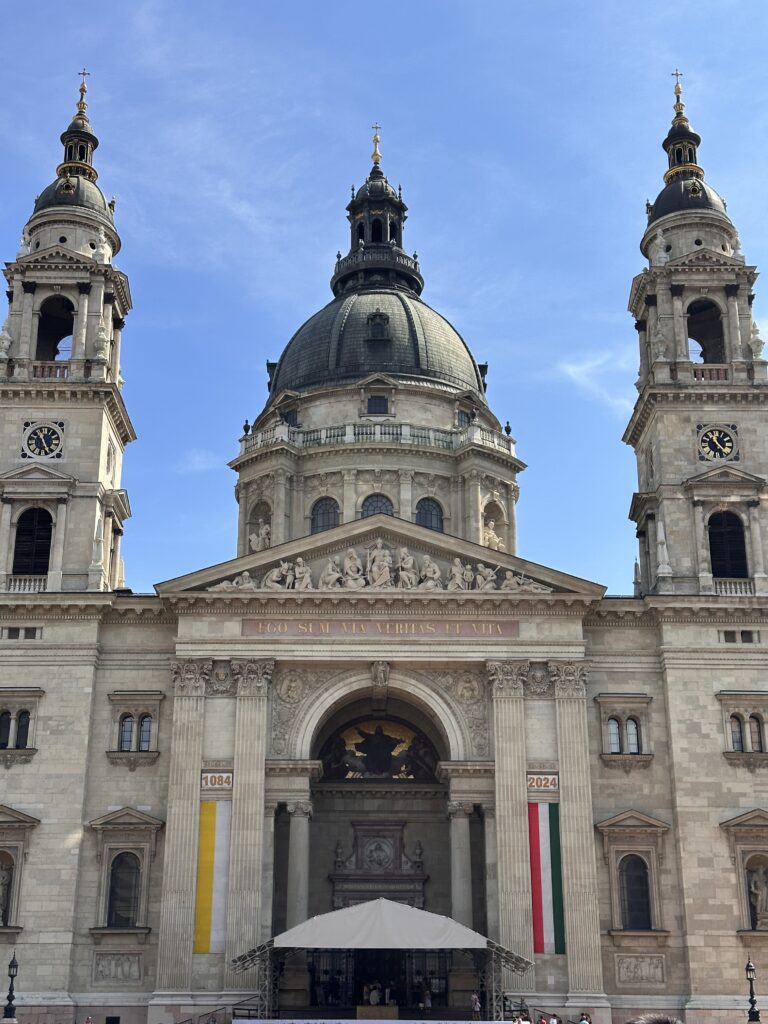After a smooth bus journey on FlixBus from Vienna, I arrived in Budapest, the city where history and charm meet at every corner. The moment I stepped off the bus, I could feel the vibrant energy of this incredible city. With my bags dropped off at the Wombats City Hostel and my curiosity at full throttle, I set off for a first-day wander through the streets of Budapest—ready to dive into its rich history and soak up the unique atmosphere.
A City Divided and United: The History of Budapest
Budapest is often called the “Pearl of the Danube,” and it’s easy to see why. The city is actually the result of a grand union of three cities—Buda, Pest, and Óbuda—which were officially merged in 1873. But the history of Budapest goes back much further, with roots stretching all the way to Roman times.
Buda and Óbuda were originally settled by the Romans, who established the city of Aquincum as the capital of the province of Pannonia. You can still find ruins from this era scattered throughout the city, offering a glimpse into the ancient past. Meanwhile, Pest, located on the flat eastern side of the Danube, was a thriving medieval city known for its trade and commerce.
The city’s strategic location along the Danube made it a prize for various empires over the centuries. It was invaded by the Mongols, ruled by the Ottomans for 150 years, and later became a significant part of the Habsburg Empire. Each of these periods left its mark on the city, contributing to the rich cultural tapestry that defines Budapest today.
In 1848, Budapest played a central role in the Hungarian Revolution against Habsburg rule, a pivotal moment in the country’s fight for independence. Although the revolution was ultimately crushed, it ignited a sense of national pride that still resonates today.
The unification of Buda, Pest, and Óbuda in 1873 marked the beginning of a golden age for the city. Grand boulevards, stunning bridges, and impressive public buildings were constructed, many of which remain iconic landmarks today. This period also saw the construction of the Hungarian Parliament Building, one of the most beautiful and recognizable structures in Budapest.
An Afternoon Stroll: Discovering Budapest’s Charm
With this historical background in mind, I set off to explore the city, starting with a leisurely walk along the Danube Promenade. The views from here are nothing short of spectacular, with the majestic Buda Castle perched on the hill across the river and the iconic Chain Bridge connecting the two sides of the city. The promenade is lined with statues, cafes, and benches where you can sit and watch the boats glide by—a perfect introduction to Budapest’s charm.

As I wandered through the streets, I couldn’t help but notice the mix of architectural styles—elegant Art Nouveau buildings next to grand Baroque structures, with a few stark reminders of the city’s more recent history in the form of Soviet-era buildings. This blend of old and new gives Budapest a unique character, where every building seems to tell a story.
I found myself drawn to Váci Street, one of the main pedestrian thoroughfares in Pest. It’s a lively area filled with shops, cafes, and restaurants, perfect for people-watching and getting a feel for the local vibe. The street leads to Vörösmarty Square, a bustling square named after the famous Hungarian poet Mihály Vörösmarty. The square is home to the famous Gerbeaud Café, a Budapest institution known for its decadent pastries—definitely on my list to visit!
Late Afternoon: A Perfect First Taste of Budapest
As the evening approached, I continued my wander through the city, letting myself get a little lost in its winding streets. I stumbled upon hidden courtyards, stumbled across statues commemorating various historical figures, and even caught a glimpse of the stunning St. Stephen’s Basilica in the late afternoon sun. NOTE: If you would like to visit the Basilica there is a dress code with pants or dresses required (no shorts) and you can purchase your tickets HERE.

By the time I returned to the hostel, I was completely enchanted by Budapest. The city’s history is woven into its very fabric, making every step feel like a walk through time. I can’t wait to dig deeper into this incredible city over the next few days—there’s so much more to discover, and I’m ready for it all!

